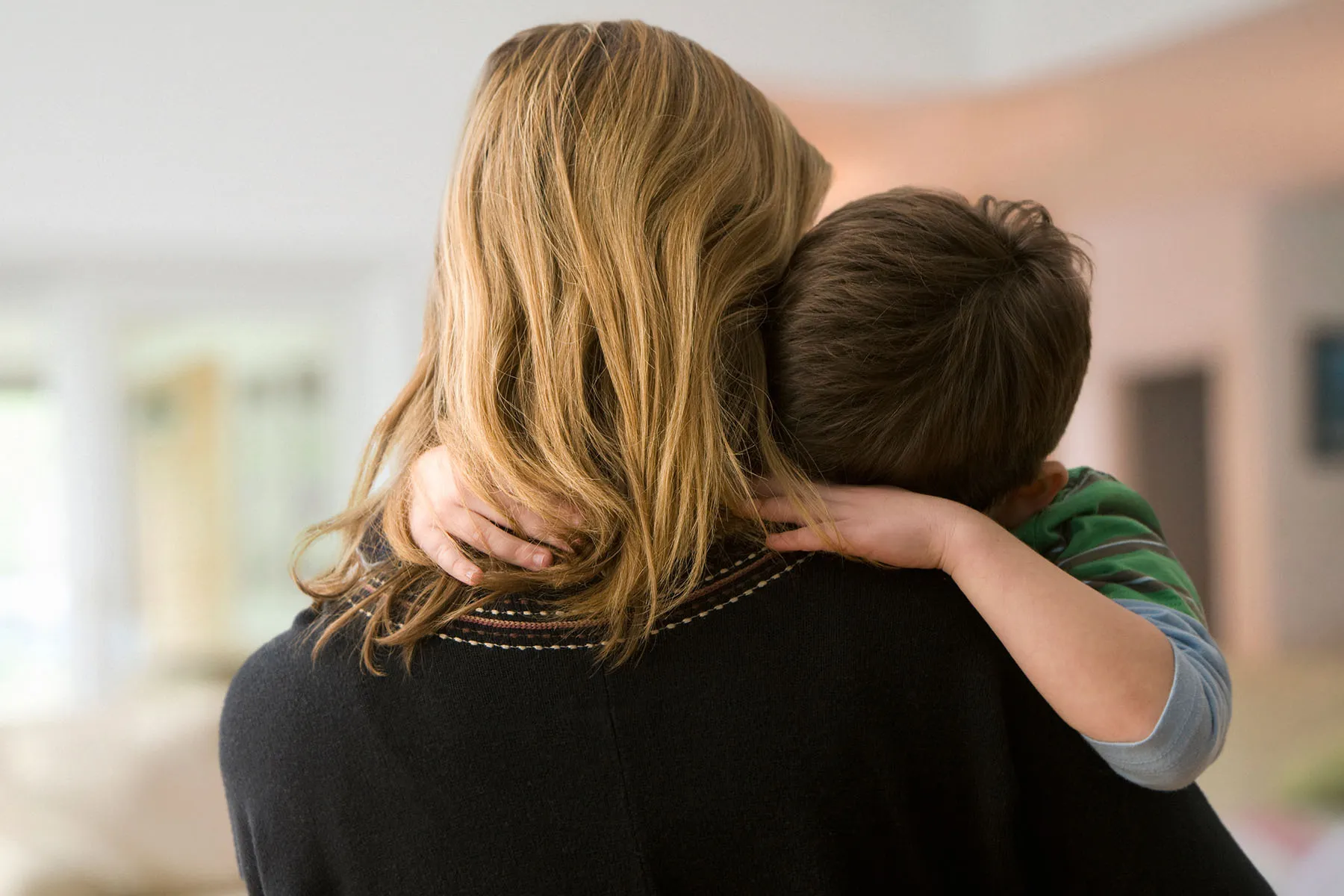Your child wakes up in the middle of the night in pain, with a tight grip on their leg. A little TLC gets them back to sleep. You chalk it up to growing pains and get back in bed yourself.
But then it happens again. And again. Now you ask yourself: Could it be something more serious?
Almost 2 out of every 5 kids get growing pains. It happens when they’re young children and pre-teens, but ironically not during periods of rapid growth. It usually makes their legs ache, mostly in their thighs, calves, or in the back of the knees.
No one knows for sure where the pain comes from, but there are plenty of theories. Bone growth doesn’t hurt, though — keep in mind, it isn’t just the bones in kids’ legs that are getting bigger.
“As children are growing fairly rapidly, their muscles, tendons, and ligaments are growing as well,” says Jason Homme, MD, assistant professor of pediatrics at Mayo Clinic in Rochester, MN. Those body parts “may not be growing at the same pace, which can cause protesting a little bit.”
The aches and pains can also simply be from all the running, jumping, and playing during the day. If your family has a history of restless leg syndrome, your child might have that instead. There are other possible causes, too. It could be a psychological issue or even a lack of vitamin D in their diet.
You can help your child through the pain with these simple techniques.
If the pains come and go, the best answer is just to comfort your child, says Thomas J.A. Lehman, MD, chief of the division of pediatric rheumatology at the Hospital for Special Surgery in New York.
These symptoms can mean it’s something more serious than growing pains:
- If the pains persist or are frequent.
- Your child hurts for a long time, throughout the day.
- The pain is there in the morning.
- They still hurtlong after getting an injury.
- Their joints ache.
- They have a fever.
- They get unusual rashes.
- They limp or favor one leg.
- They are tired or weak.
- They are less active than usual.
Yes — it doesn’t just affect older people. It’s common for children to be told the pains in their legs are just growing pains, when they actually have juvenile idiopathic arthritis (JIA), says Richard Vehe, MD, director of the division of pediatric rheumatology at the University of Minnesota.
The symptoms can come and go, and it’s a hard disease to pin down, because it’s so unpredictable.
The biggest red flag: “Growing pains do not involve swelling or pain in the joint,” Vehe says.
“Growing pains really shouldn’t leave lasting signs,” Homme says. They shouldn’t affect your child’s movement or lower their strength.
If it’s JIA, he says, their knee will swell and stay that way for a while. The disease can also cause fevers and rashes.
The condition can have lasting effects if it goes untreated. The inflammation can cause changes in bone growth and lead to permanent problems. “Most of our current medicines can prevent or limit further damage, but they don’t reverse the damage that has been done,” Lehman says.
Growing pains can also turn out to be bone tumors, both benign and malignant.
“Severe bone pain at night can be associated with a form of benign tumor called an osteoid osteoma, but can also occur with serious bone tumors. That’s why children with persistent or severe pain should see a knowledgeable physician and not simply be dismissed as [having] growing pains,” Lehman says.
No one knows your child better than you. If their symptoms seem out of the ordinary, call their doctor and share your concerns.






